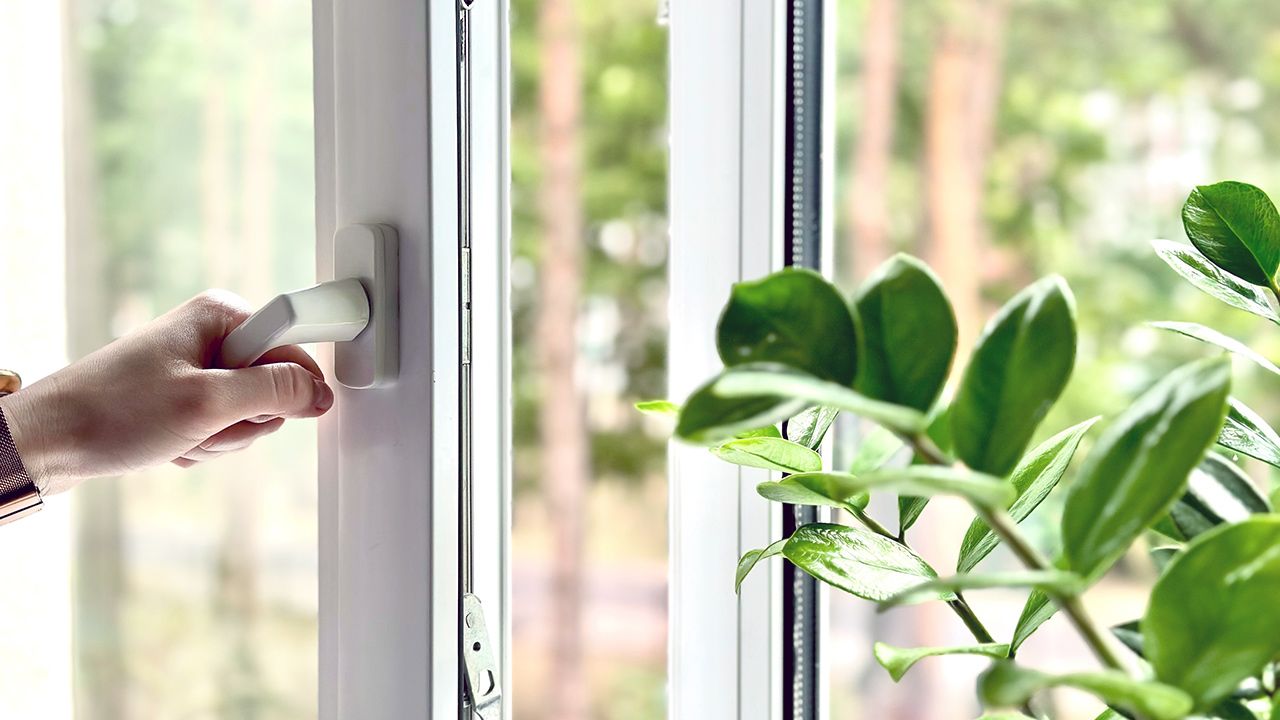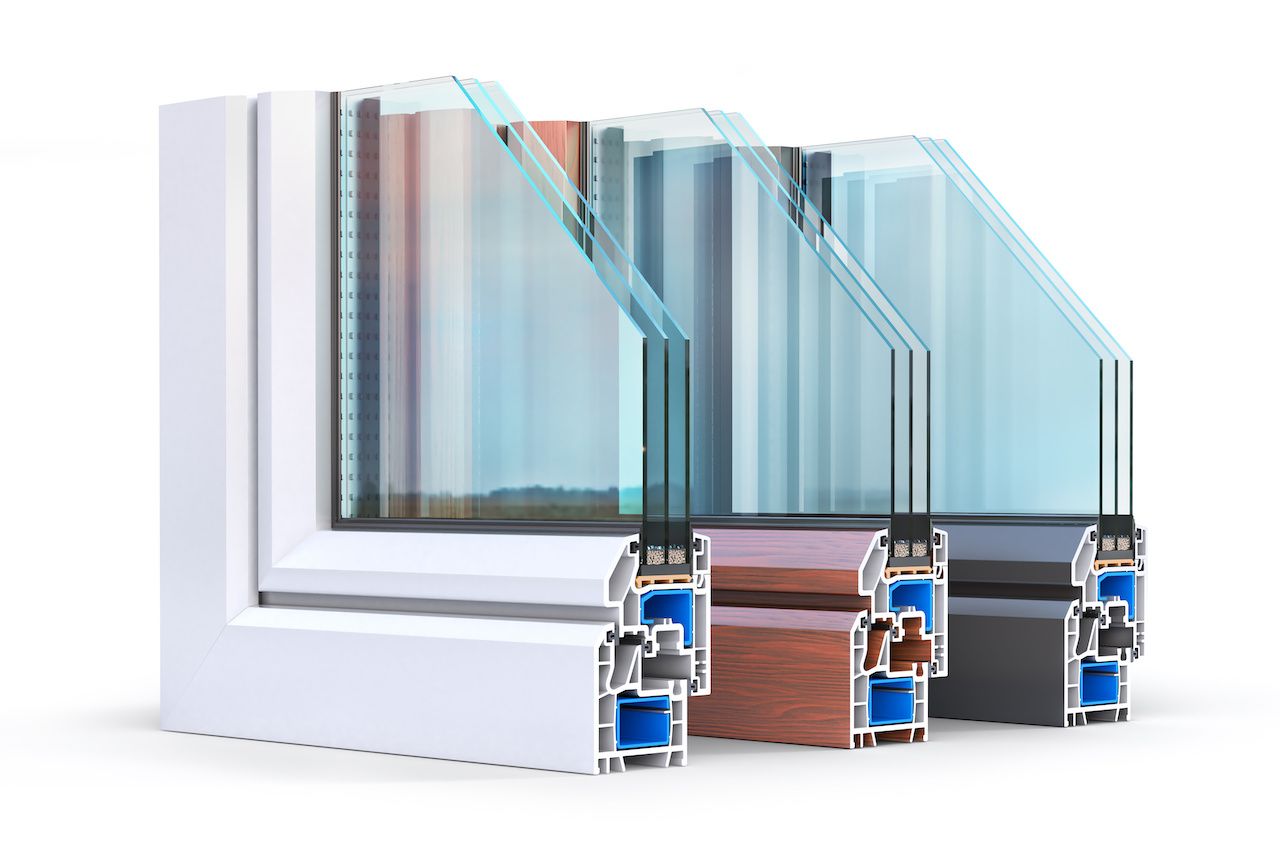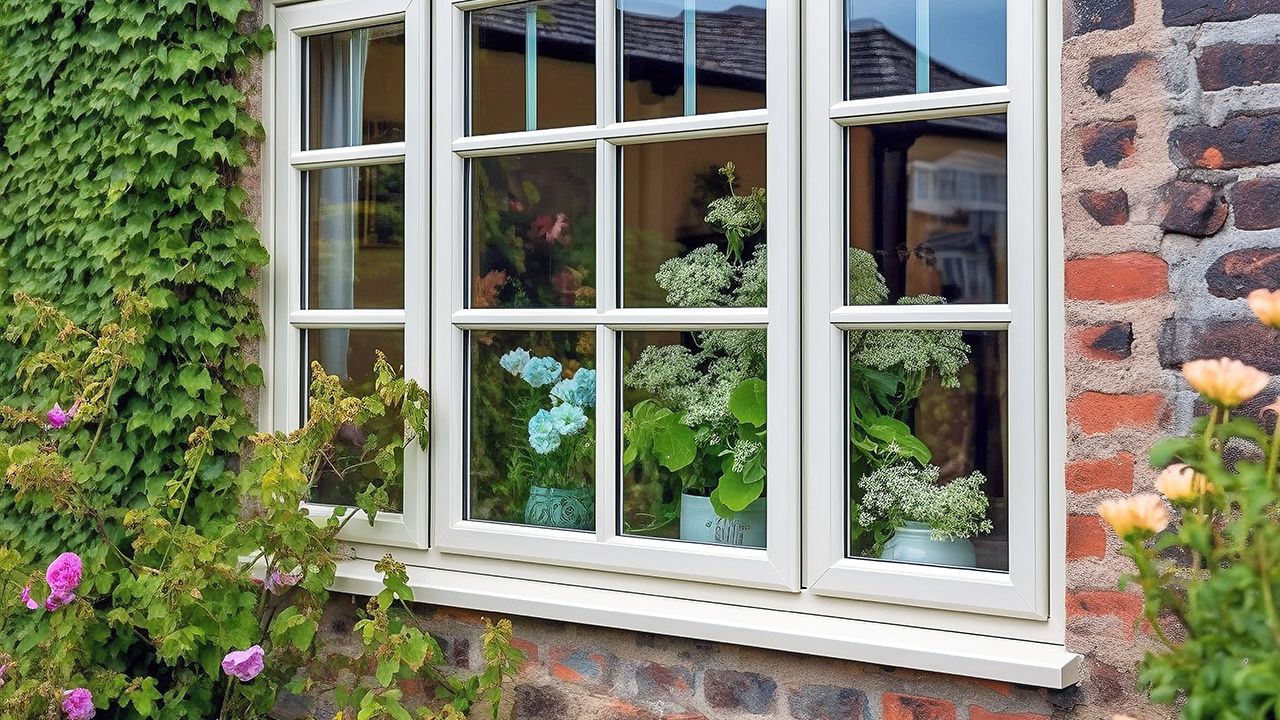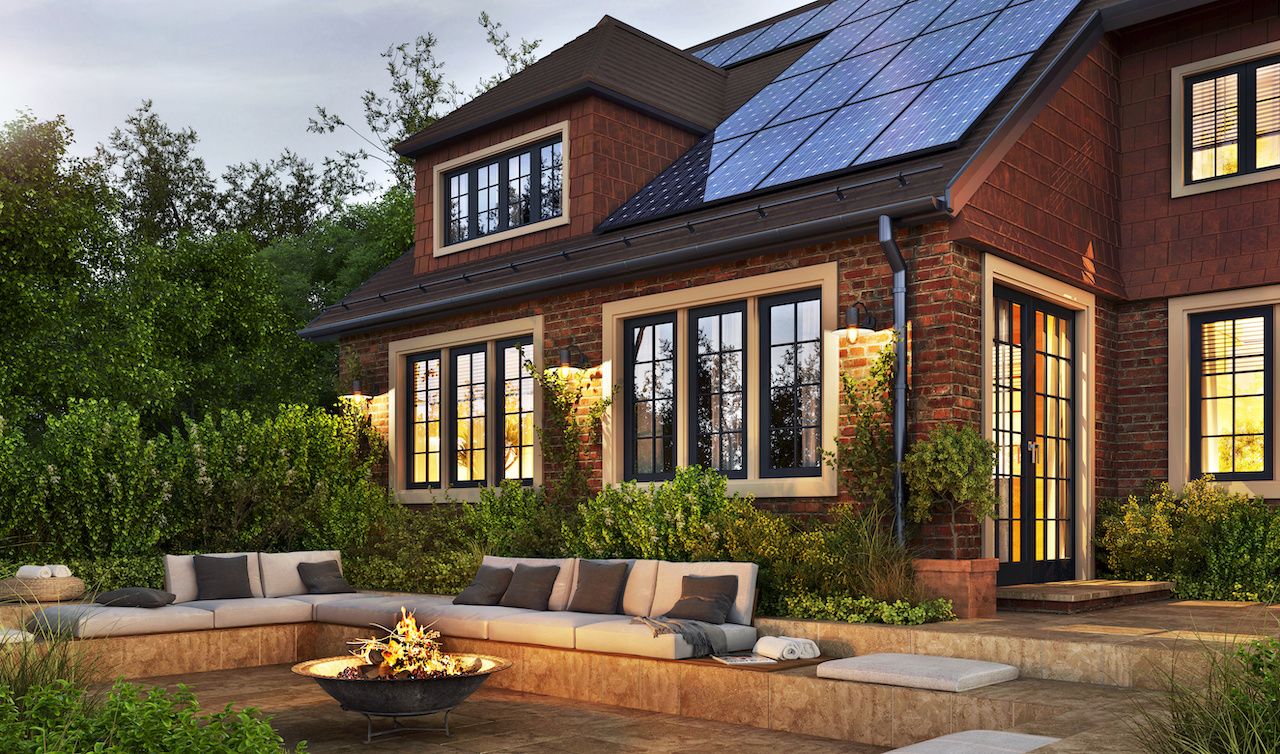
As we increasingly pursue more sustainable and energy-efficient homes, understanding the nuances of window technology becomes paramount. The term Solar Heat Gain Coefficient (SHGC) might sound intricate, but it plays a pivotal role in our home's energy performance. Simply put, SHGC measures how much solar radiation (or solar heat) a window allows inside a house. Why is this vital for homeowners? A window with the optimal SHGC rating can significantly increase your home's energy efficiency, affecting both heating and cooling costs. Making an informed choice about windows based on their SHGC and other ratings can lead to considerable energy savings, improved comfort, and a smaller carbon footprint. In the journey to greener homes, every homeowner should be familiar with SHGC and its implications.
Join our newsletter
Stay on top of the latest in landscaping and lawn care with one valuable tip right in your inbox every Saturday morning.
Solar Heat Gain Coefficient (SHGC) Demystified
The Solar Heat Gain Coefficient (SHGC) represents a crucial metric in the realm of window technology. But what exactly is it? SHGC quantifies the amount of solar energy transmitted through a window and subsequently converted into heat. Given in a value between 0 and 1, a lower SHGC denotes that the window lets in less solar heat, making it particularly beneficial in warmer climates.
Here's how SHGC influences a home:
- Energy Savings: Properly optimized SHGC can result in notable energy savings, especially during the warmer months when air conditioning is in frequent use.
- Home Comfort: By regulating the solar heat entering the home, you ensure consistent indoor temperatures, enhancing overall comfort.
- Protection from UV Rays: Windows with a lower SHGC can reduce the harmful UV rays, thereby protecting your home's interiors from potential sun damage.
Incorporating the right SHGC value for your windows ensures you get the best energy performance tailored to your specific needs and regional climate.

Why Window Ratings Matter: A Deeper Dive into SHGC
Window ratings aren't just arbitrary numbers; they hold the key to understanding the energy efficiency and performance of our homes. At the forefront of these ratings is the Solar Heat Gain Coefficient (SHGC).
- Correlation with Energy Efficiency: A window's SHGC rating can drastically influence your home's energy consumption. A lower SHGC means less solar heat penetration, leading to reduced cooling costs in summertime.
- Savings and Comfort: By choosing windows with optimal ratings, homeowners can enjoy both tangible savings on energy bills and intangible comforts like consistent indoor temperatures.
Making an informed choice based on SHGC and other window ratings is an investment in long-term comfort and sustainability.

The Science of Solar Heat and Its Impact on Windows
The dance of sunlight and shadow on our windows isn't just a poetic sight; it's a symphony of science, where solar radiation plays the lead. When sunlight strikes a window, it's composed of visible light, UV, and infrared light. Each of these components interacts with the window glass differently.
- Transformation into Solar Heat: Once sunlight touches a window, certain parts of it get absorbed by the glass and are re-radiated inside as heat, contributing to the solar heat we feel.
- Window’s Role in Energy Transmission: Windows have a dual function. They can transmit solar energy directly into the interior, adding warmth. At the same time, they can absorb some of this energy, which is later emitted inward as non-solar heat. Additionally, advanced energy-efficient windows reflect a significant portion of the sun's rays, leading to less heat inside the home.
Understanding this science helps homeowners make informed decisions when choosing windows, ensuring optimal energy performance and comfort.
Join our newsletter
Stay ahead of the curve in all things outdoor.
Get the inside scoop on the latest landscaping, lawn care, and fencing trends with 1 actionable tip every Saturday morning.
Air Leakage: The Silent Factor in Window Efficiency
Air leakage might sound inconspicuous, but when it comes to windows, it's an often overlooked factor that can influence your home's energy efficiency and comfort.
- Defining Air Leakage: In the realm of windows, air leakage refers to the amount of air that passes through the cracks and gaps of a window unit. Measured in cubic feet per minute per square foot, a low air leakage rating indicates a window that seals tightly, effectively blocking unwanted drafts.
- Hidden Costs and Implications: Poor air leakage ratings can translate to wasted energy, higher heating and cooling costs, and an uncomfortable living environment. Drafty windows not only increase the energy bills but can also lead to moisture issues inside the home.

U Factor: The Unsung Hero of Window Energy Performance
When assessing window energy performance, many homeowners might overlook the U factor, yet it's paramount in determining a window's insulating capabilities.
- Understanding U Factor: Simply put, the U factor measures how effectively a window insulates, with lower values indicating better insulating properties. This metric helps gauge a window's resistance to non-solar heat flow.
- U Factor and SHGC: While SHGC focuses on solar heat gain, the U factor zeroes in on heat transfer due to temperature differences. Together, these ratings provide a comprehensive view of a window's energy efficiency and overall performance in different climates and conditions.

Choosing the Right Windows for Maximum Efficiency
Choosing energy-efficient windows is a balance of understanding key metrics like SHGC, U factor, solar heat, and air leakage. These metrics not only influence the comfort of your home but also potential energy savings. For homeowners on the hunt for the best windows, prioritize understanding these ratings, seeking windows with optimal scores for your specific needs and region.
Join our newsletter
Stay ahead of the curve in all things outdoor.
Get the inside scoop on the latest landscaping, lawn care, and fencing trends with 1 actionable tip every Saturday morning.